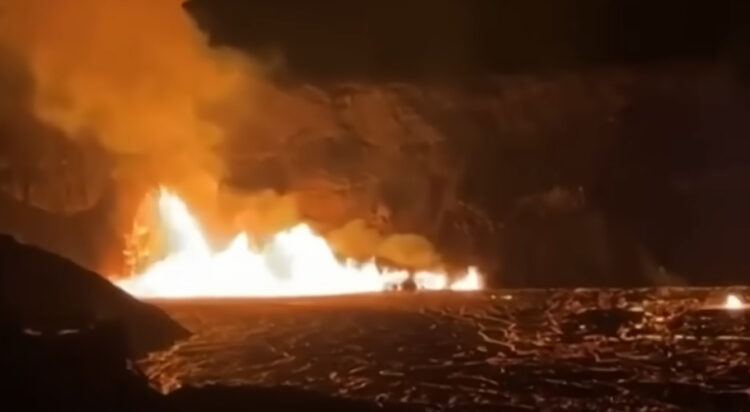Hawai’i’s Kīlauea volcano is one of the most active volcanoes on Earth, located on the southeastern side of the Big Island of Hawai’i. Here are detailed insights about it:
Kīlauea is a shield volcano, characterized by broad, gently sloping sides formed by low-viscosity lava that flows easily over large areas. It rises about 1,247 meters (4,091 feet) above sea level but extends about 5,000 meters (16,000 feet) below the ocean surface, making it a massive structure.
Its summit hosts a large caldera, Halemaʻumaʻu Crater, often the center of eruptive activity. Its eruptions predominantly produce basaltic lava, which is fluid and can travel long distances.
Kīlauea has been in a near-continuous state of eruption from 1983 to 2018, making it one of the most closely monitored volcanoes in the world. Some media reports suggest that its eruptive history spans over 600,000 years, with both explosive and effusive eruptions recorded.
A 35-year-long eruption that produced significant lava flows, altering the island’s landscape and adding new landmass. A major eruption caused widespread destruction, with lava flows covering over 35 square kilometers (13.5 square miles) and displacing thousands of residents.


































